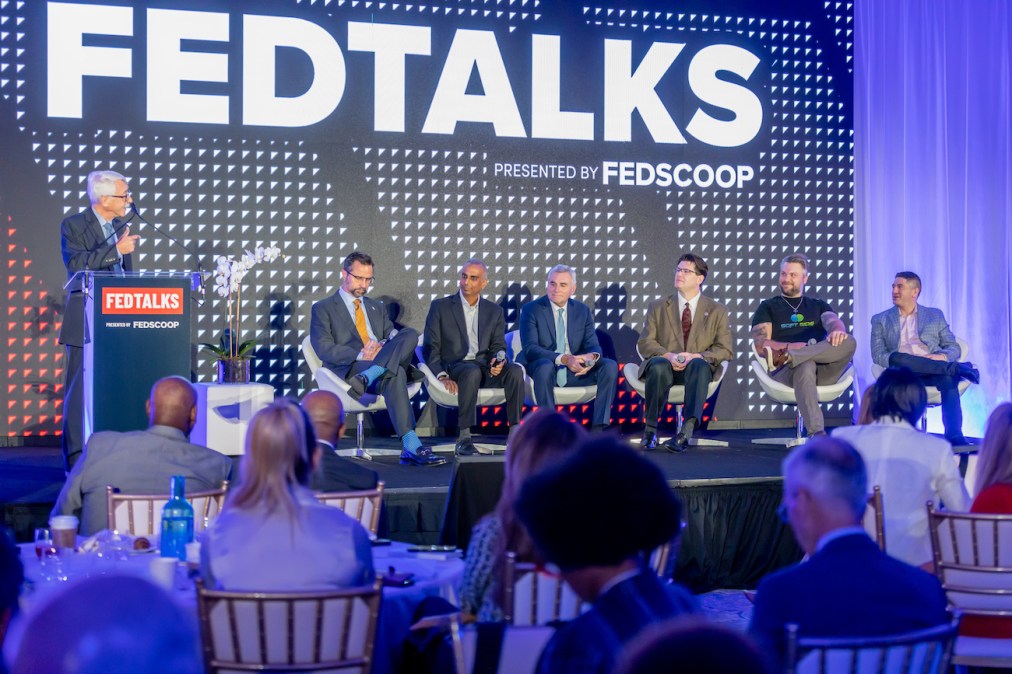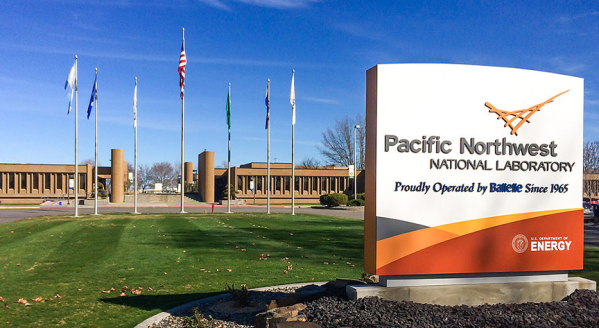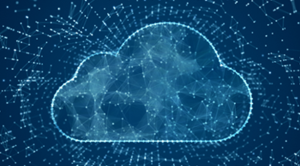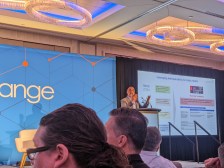Federal cybersecurity is challenged and strengthened by emerging technology

Emerging technologies like artificial intelligence are offering new advantages to federal cybersecurity defenses — but they also add a new level of complexity that cyber professionals must learn to anticipate, a panel of cyber experts said Thursday.
During a panel at FedScoop’s FedTalks on Thursday, industry leaders and government officials spoke about cybersecurity and the current challenges they face in creating a secure federal IT infrastructure as networks and the technologies they employ become more and more complex.
As CISOs and other IT professionals look to bolster the cybersecurity of their agencies, the success of those efforts depends on how responsive the security is, the people involved and the process of establishing guardrails, the experts said.
To account for this, the panelists referenced solutions rooted in new, emerging technologies that companies and agencies are employing, like automation and artificial intelligence, specifically within network management.
Robert Wood, CISO for Centers for Medicare and Medicaid Services, said his agency is “sprawling with diverse technology.” And while that can create new opportunities, it can also come with new challenges, he said.
“There’s a bunch of technology that isn’t going to be potentially aligned with these market solutions,” Wood said. “We don’t want to put square pegs in round holes. So that’s been probably the biggest challenge that we’ve had.”
Implementing technology to have a real-time response to online threats can be challenging to do throughout a large agency or business. John Davis, vice president of Palo Alto and a retired U.S. Army major, said that the complexity of emerging technology added to the challenge of securing an enterprise environment.
“To be able to see and stop a threat along that process before, to achieve the goal becomes a very complicated issue in this complex, enterprise environment,” Davis said. “What’s happened is (these) disparate pieces prevent you, as a cybersecurity professional, from seeing that threat across the attack process.”






